
Today we tell you some tips to increase your Persian vocabulary. If you want to learn new Persian words quickly using effective strategies, take a look at this blog! Learn Persian Online will help you speed up your learning process.
Learning a new language can seem like an endless and ongoing process.
Especially at the very beginning of the learning pathway, Persian learners can feel frustrated at not being able to communicate properly with native Persian speakers and at finding themselves at a loss of words.
If that also happens to you, we suggest you take a look at the list below and try these tips to increase your Persian vocabulary.
Let’s start!
Best Farsi Learning Resource!
1. Learn The Most Common Persian Vocabulary First

Before you can use any of the learning tips in this article, you’ll first need a good source list of Persian vocabulary.
The question is: what use is learning vocabulary, that you are not likely to use?
Ideally, much of the Persian vocabulary you want to get to know should be words you will frequently encounter in your daily life.
Whether through watching movies, listening to songs, reading, paying attention to conversations, or waiting for the bus.
The following points are fundamental to vocabulary learning.
- learning in context
- learning Persian vocabulary that is personally relevant
- the most important tip is to engage with words as pieces you can use to create something bigger, rather than see them as individual pieces of information.
We believe a core principle of (effective) language learning is that you should learn any language in a way that empowers you to use that language at the earliest opportunity.
To increase your Persian vocabulary fast, you’ll likely need to supplement the words you pick up here and there with a more specific list of Persian words you should probably know.
It should then come as no surprise that the preferred source of Persian vocabulary is lists ordered by the frequency at which the words are used in daily language.
Maybe you know that the goal of a traditional language learning course is to make yourself able to express yourself in a whole range of different situations.
Our goal is to acceptable Persian fluency as fast as possible.
The frequency list approach is remarkably effective, efficient, and extremely prevalent among pretty much all successful language self-learners.
You might ask why.
Generally, in almost any language, learning the 1.000 most common words will make you know 90% of the spoken language. Even just knowing the first 250 most common words will give you a good idea of the conversation. In fact, these 250 high-frequency words account for roughly 70% of all that is said!
“Real” fluency generally happens when you know around 2000 words of a language. You will be able to express yourself with confidence and talk about a variety of topics, although you might make mistakes or describe things incorrectly.
Actually, if you learn just ten new Persian words a day, getting up to speed in a conversation will take less than a month of easygoing, casual learning.
Make no mistake: learning a foreign language is a tremendous undertaking. We think it is misleading at best when certain language-learning companies promise fluency in a matter of weeks or even days. But mastering the core vocabulary of Persian will make you very comfortable in any daily situation. It just takes high-grade source material, diligence, and a bit of grit, and before you know it, you’ll find yourself fluent before long!
2. Read

Try to read as much as you can in Persian. Magazines, websites, articles, sports news – it doesn’t matter what you read. The trick is to look up Persian words you don’t understand and slowly you will find your vocabulary improves!
3. Notebook

Keep a note of all the new Persian vocabulary you are learning to help you revise it at a later date. This will give you a personalized vocabulary list of Persian words you are most likely to want to use. If you are learning a large number of Farsi words in a short time, then repeating and revising those that you have already covered is essential.
Our Persian courses:
- Beginners Complete Persian Course
- Intermediate Complete Persian Course
- Advanced Complete Persian Course
4. Vocabulary Themes

Memorizing Persian vocabulary out of context can be an inefficient way of studying. Instead, try to group the Persian vocabulary that you are learning into themes. For example, consider learning the words you would need to describe your evening meal, also food items, daily activity, etc. The fact is our brain functions by making connections. If you study Persian vocabulary in a way that you can associate with a real lived experience, you will find it easier to remember more words.
5. Learn Persian Vocabulary in Context

studies and researches show that the vast majority of your vocabulary is learned passively, through context.
We can’t emphasize this point enough. In fact, learning in context from different situations and sentences holds huge advantages for all of the three aspects of Persian vocabulary acquisition:
- learning
- recall
- retention
This means that you probably shouldn’t learn by cramming Persian vocabulary from pure word lists consisting of random, unrelated vocab, without seeing the words being used in context.
At least, not when you want to learn Persian fast and efficiently.
(And yes, the benefits of contextual learning are exactly why we added Persian to English example sentences to each entry in our Persian frequency dictionaries.)
You can imagine Persian words to be puzzle pieces. When the tiny bits are lying scattered around the table, it’s almost impossible to identify them, memorize them or use them for anything useful.
But when you start to connect even just a few of the pieces, a more significant context begins to appear. Building further on these greater pieces of the puzzle, soon the final result no longer seems to be unattainable.
There are several ways of introducing context into your Persian vocabulary learning. The most straightforward is to learn Persian vocabulary in sentences. This has several additional benefits:
- It introduces you to several Persian words at a time
- It also clarifies their meaning, (which may not always be apparent from a simple dictionary translation)
- It helps you learn common parts of sentences you can combine with others to form new ones
Beyond example sentences, you can experiment with learning Persian words through stories, songs, or just by deducing Persian from situations you will encounter in your daily life.
For example, preferably to learn weather-related vocabulary on their own, look up a weather forecast online in Persian. Try to imagine a conversation in Persian about the weather next week (a common topic of discussion, worldwide). Use your imagination.
Finally, you can immerse yourself by sticking the vocabulary right onto your surroundings with post-it notes.
Maybe you have tried this practice with nouns, but there’s no reason to not expand on this endeavor any further! Adding pronouns, prepositions, or adjectives to post-its is a neat little trick to expand your Persian vocabulary this way.
For example, Add to the label on your lamp the Persian word for «hanging», the wall with «stone», and your laptop with «my».
Special Offers!
by: Learn Persian Online Team about (category: Blog)
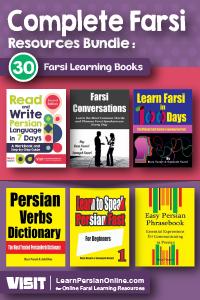

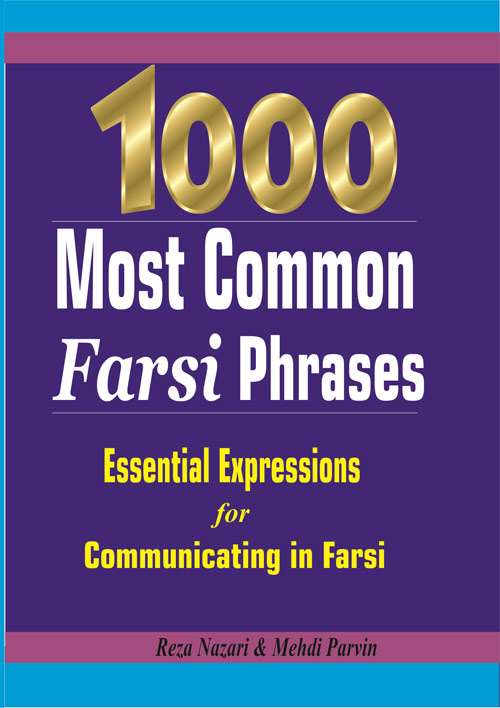

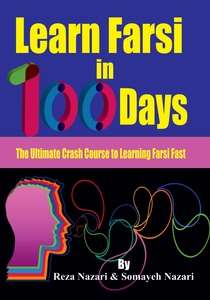






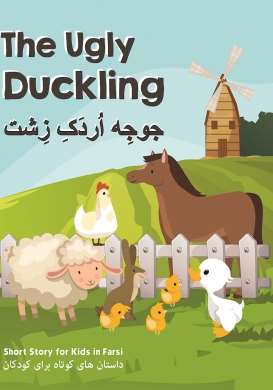
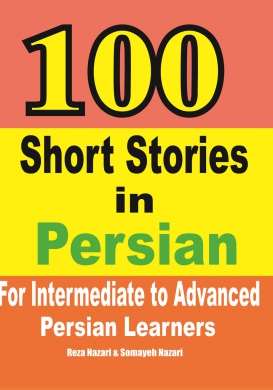




What people say about "How Can I Increase My Persian Vocabulary? (Part 1)"?
No one replied yet.